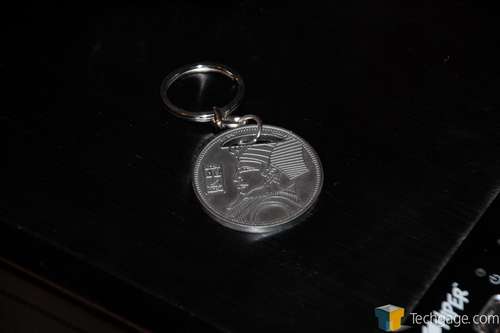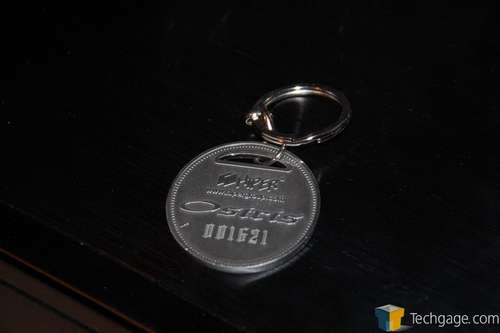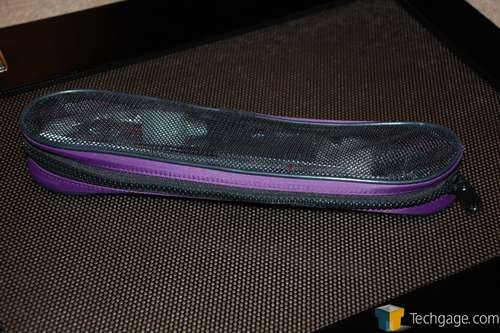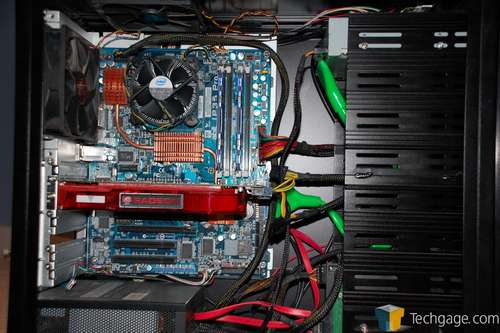- Qualcomm Launches Snapdragon 4 Gen 2 Mobile Platform
- AMD Launches Ryzen PRO 7000 Series Mobile & Desktop Platform
- Intel Launches Sleek Single-Slot Arc Pro A60 Workstation Graphics Card
- NVIDIA Announces Latest Ada Lovelace Additions: GeForce RTX 4060 Ti & RTX 4060
- Maxon Redshift With AMD Radeon GPU Rendering Support Now Available
Hiper Osiris Mid-Tower
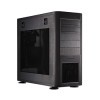
When we took a look at Hiper’s Anubis chassis just over a year ago, we were quite impressed, to say the least. For a company that seemed to come out of nowhere, their first offering was robust, well-designed, and feature-packed. We of course had high hopes when we received their follow-up Osiris. Does it live up to our expectations?
Page 3 – Accessories; Installation
Bundled with the Osiris is a keychain that is unique only to the owner of that individual chassis. In our sample’s case, the back of this keychain has the number “001621”. This is the case’s individual number and matches the number on the back of the chassis. While nothing ground breaking, this is a nice way to set the Osiris apart from other cases of similar design. Anyone can purchase a mid-tower, but why not get a one of a kind mid-tower? This is the question that Hiper hopes we all ask ourselves the next time we go to get a new case.
On the front of the keychain is the head of Osiris, the green skinned god of the underworld and the dead. To his left are hieroglyphs that spell out his name… at least the top set does. I have no clue what the bottom ones represent.
Also bundled with the Osiris is a bag of screws and power cable adapters. Most companies throw these extras in a box and leave it at that but Hiper chooses to take a slightly different route and places everything into a small purple bag with a zipper that runs the entire length. Again, this is something simple but goes a long way to separate their brand from the competition.
The testing hardware has changed quite a bit since the Anubis review and this time around we have switched out video cards, the CPU and CPU cooler. Our test platform in this review consists of the following:
|
Component
|
Model
|
| Processor |
Intel Core 2 Duo E8400 – Dual-Core, 3.0GHz
|
| Motherboard |
abit IP35-PRO – P35-based
|
| Memory | |
| Graphics | |
| Audio |
On-Board Audio
|
| Storage |
Seagate 7200.10 320GB
|
| CPU Cooler |
Stock Intel Cooler
|
| Power Supply | |
| Chassis | |
| Et cetera |
Our testing procedure for the Osiris remains the same as it did in our testing of the Anubis. To get the CPU under full load, CPU Burn In was used, one instance per core and for the GPU, we used the tried and true RTHDRIBL (real-time high dynamic range image based lighting). Similar to CPU Burn In, RTHDRIBL does a fantastic job of taxing the GPU and as many of you know, the 4870 can get hot. Both tests were run for a period of 60 minutes simultaneously with both side panels in place. Ambient temperature fluctuated between 73 and 74 degrees Fahrenheit.
Both of these tools are free to download and should you like to test your hardware, they are straight forward and easy to use.

Even though we were using the stock Intel cooling in our testing, temperatures never reached critical levels on the CPU and actually stayed quite low considering the rather small size of the heat sink. The two 120mm fans that surround it on two sides help in pulling the hot air away from the area around the heat sink and expelling it outside of the chassis.
The 4870 however is a beast alone by itself and difficult to tame. The Osiris was able to feed the stock cooler with enough cool air from it’s front 120mm fan to keep the temperatures in check without the notoriously LOUD stock cooler kicking into high gear and drowning out any sounds around you.
Support our efforts! With ad revenue at an all-time low for written websites, we're relying more than ever on reader support to help us continue putting so much effort into this type of content. You can support us by becoming a Patron, or by using our Amazon shopping affiliate links listed through our articles. Thanks for your support!




